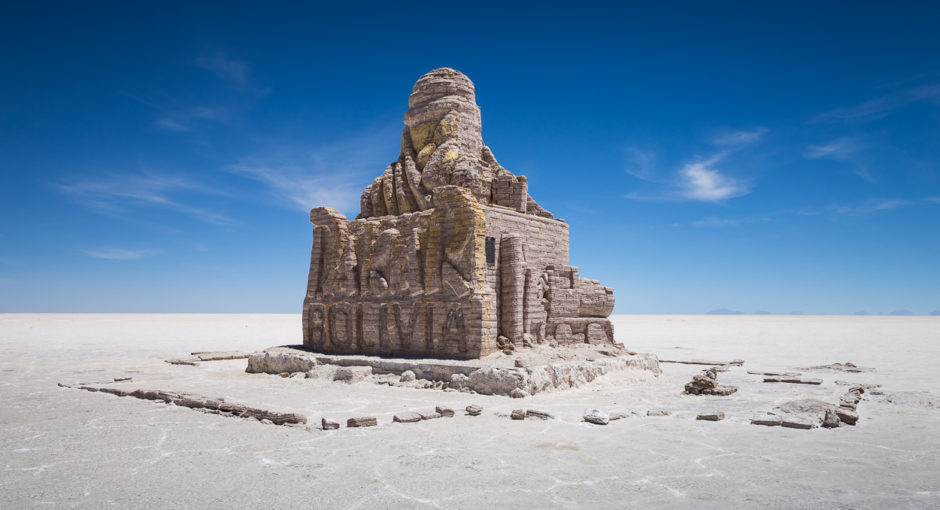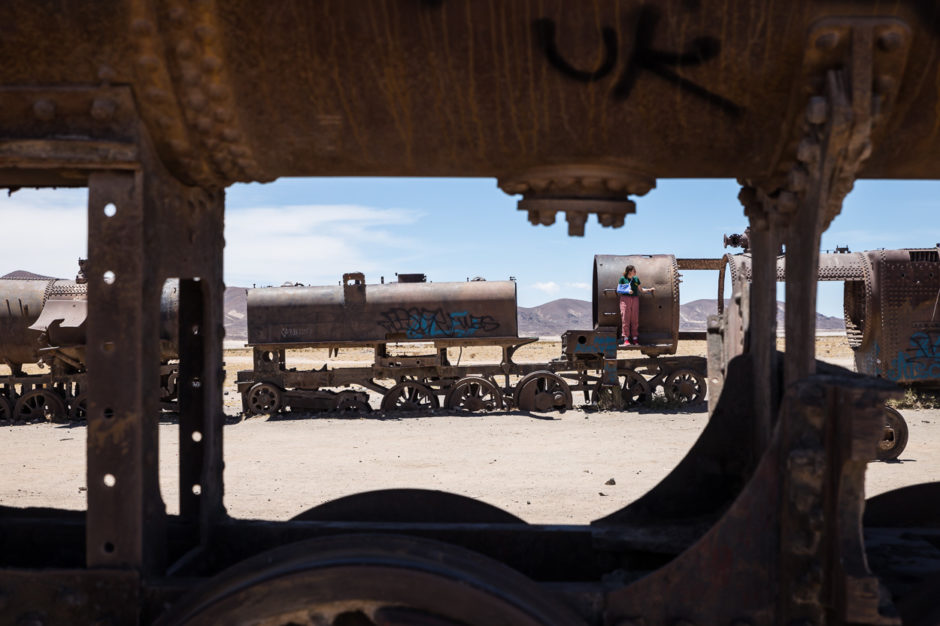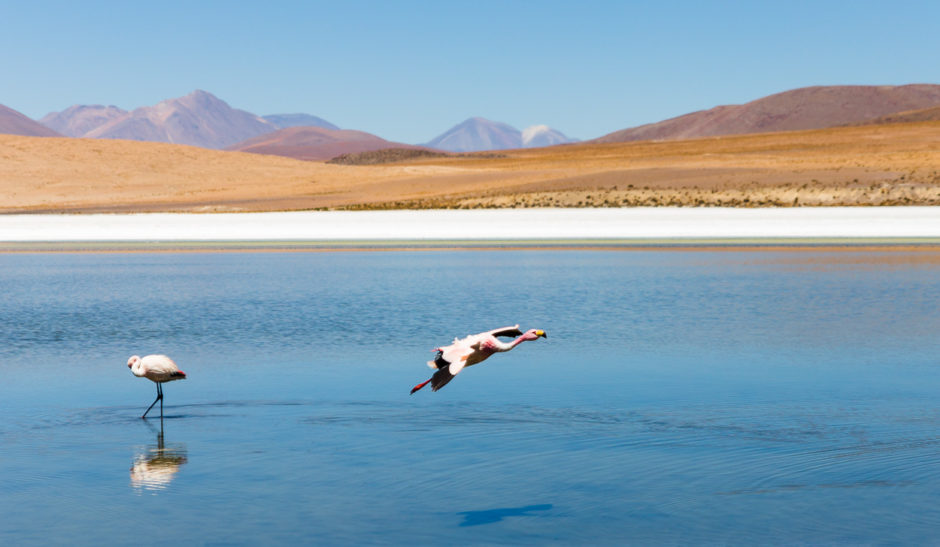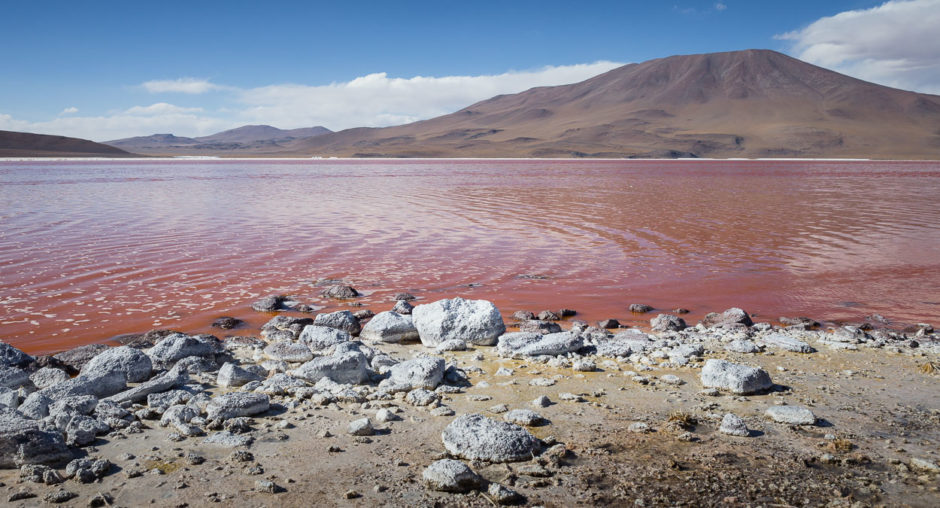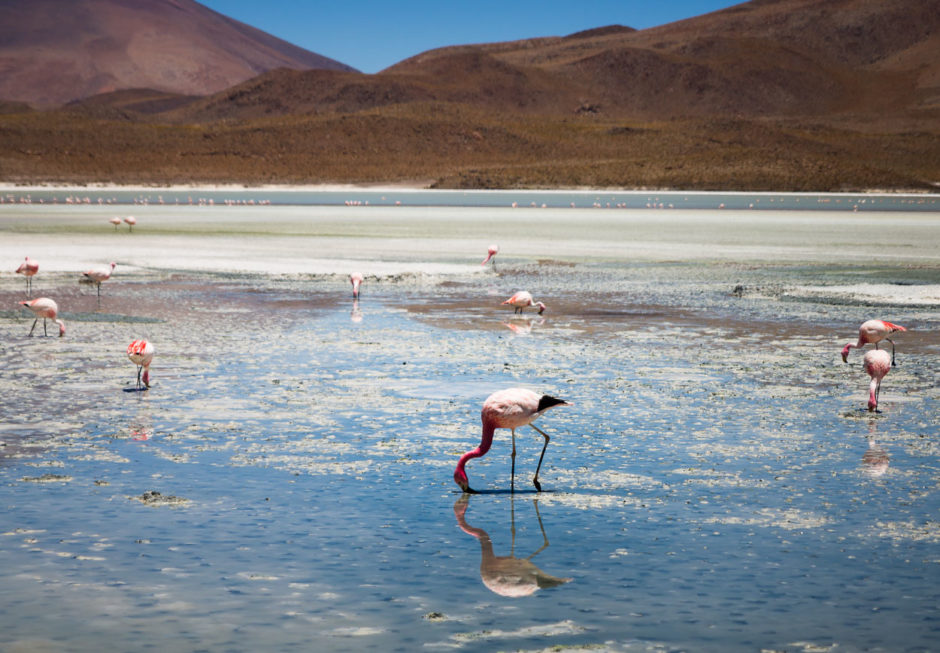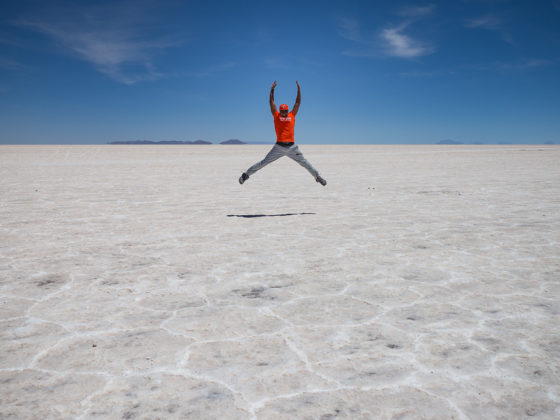The Salar de Uyuni is the world’s largest salt flat, covering an area of 4,086 mi2 (10,582 km2). I had originally planned to do a 1-day visit like most tourists, but instead jumped at an opportunity for a 3-day tour. The salt flats were the highlight for me, but not necessarily the best part. The other sites in and around Uyuni plus the Eduardo Avaroa National Reserve deserve just as much spotlight.
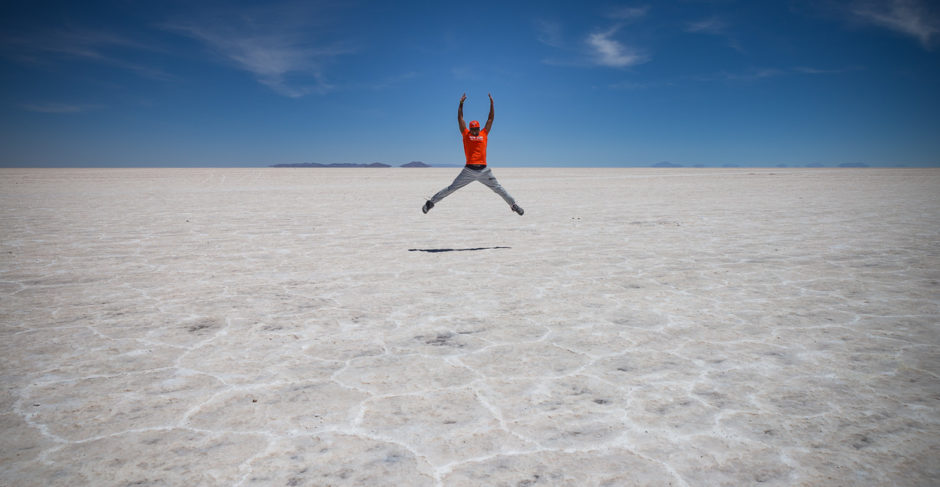
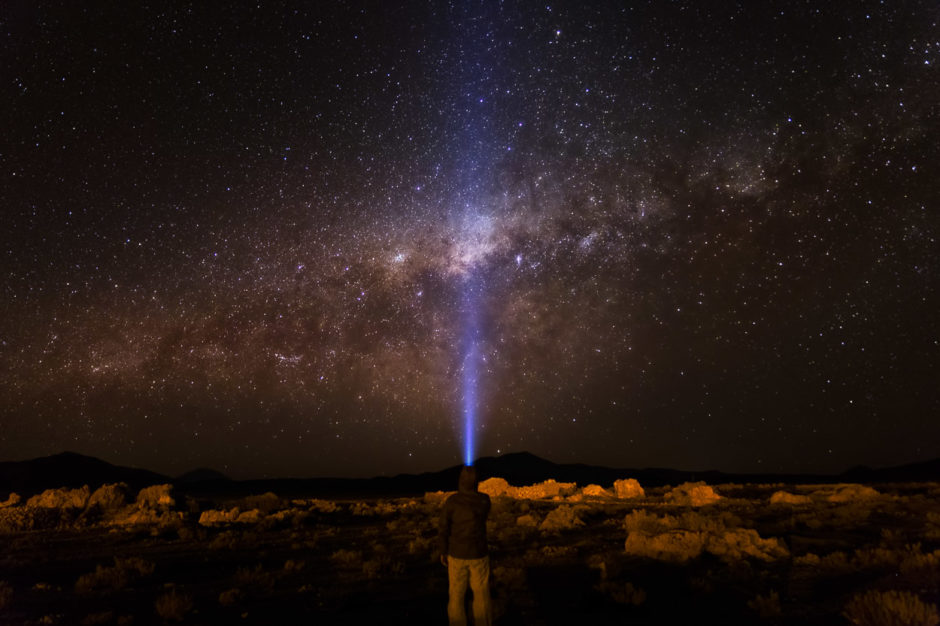
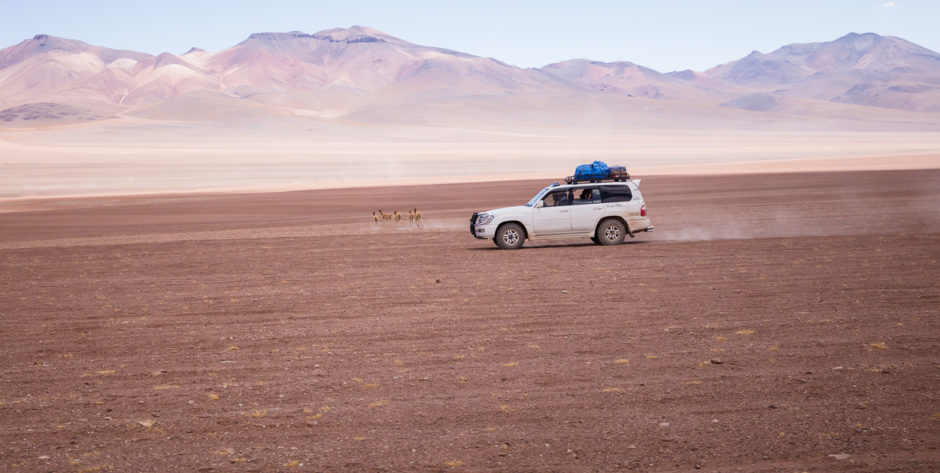
Intermission

